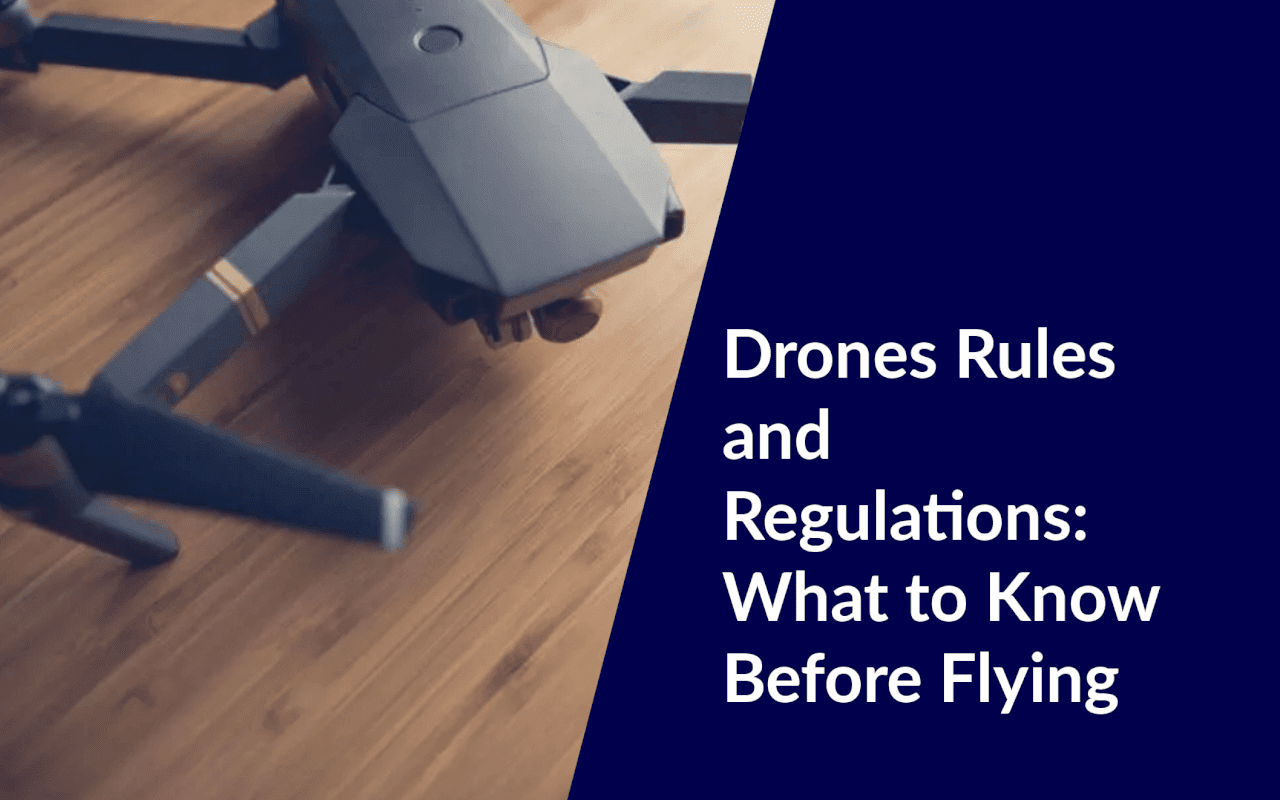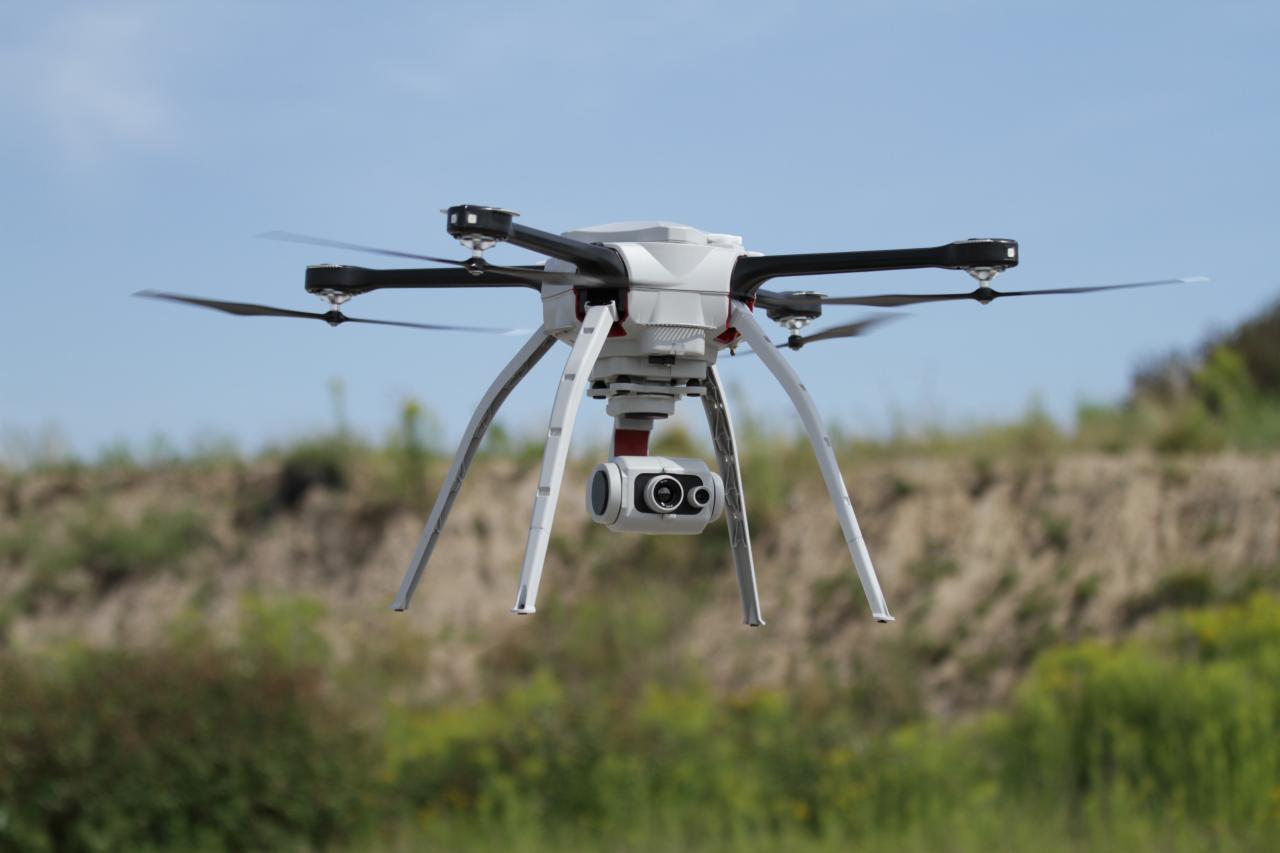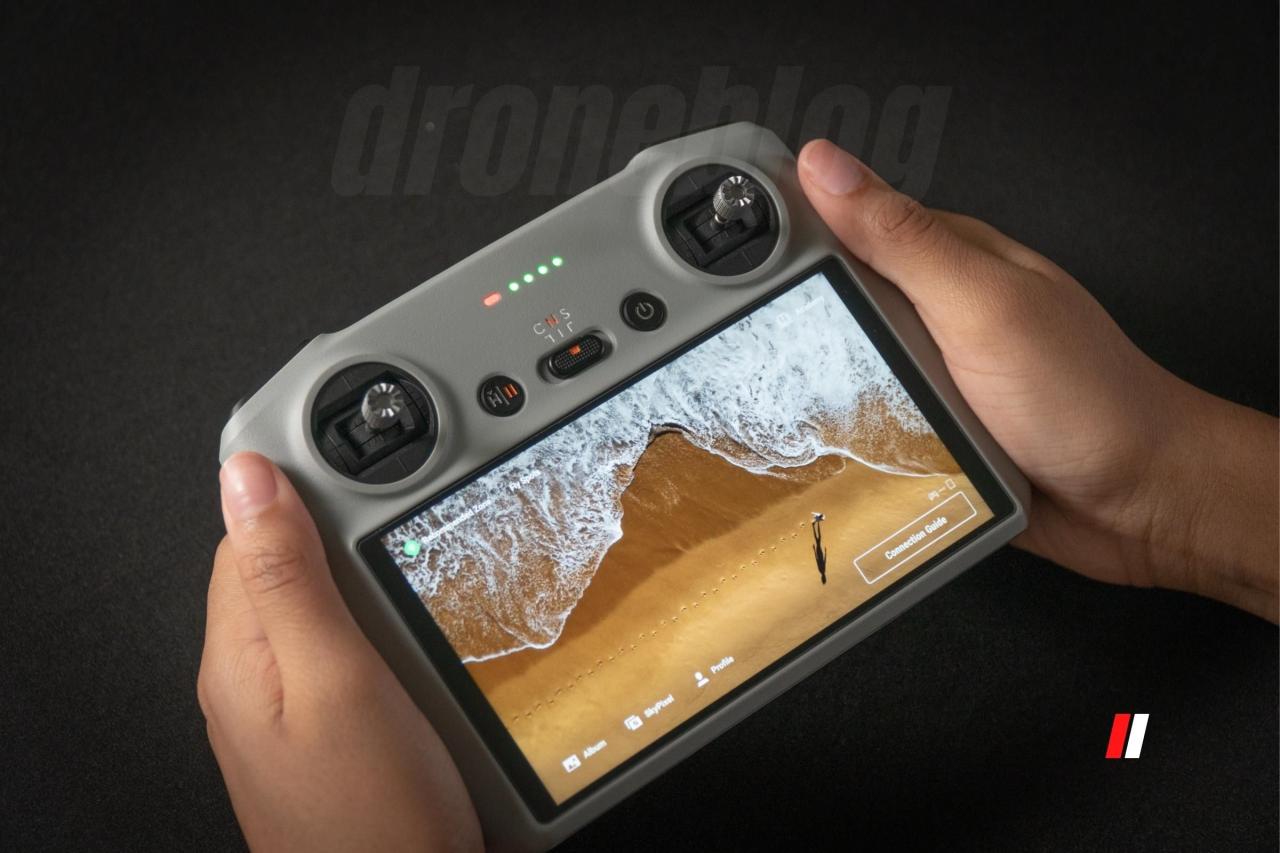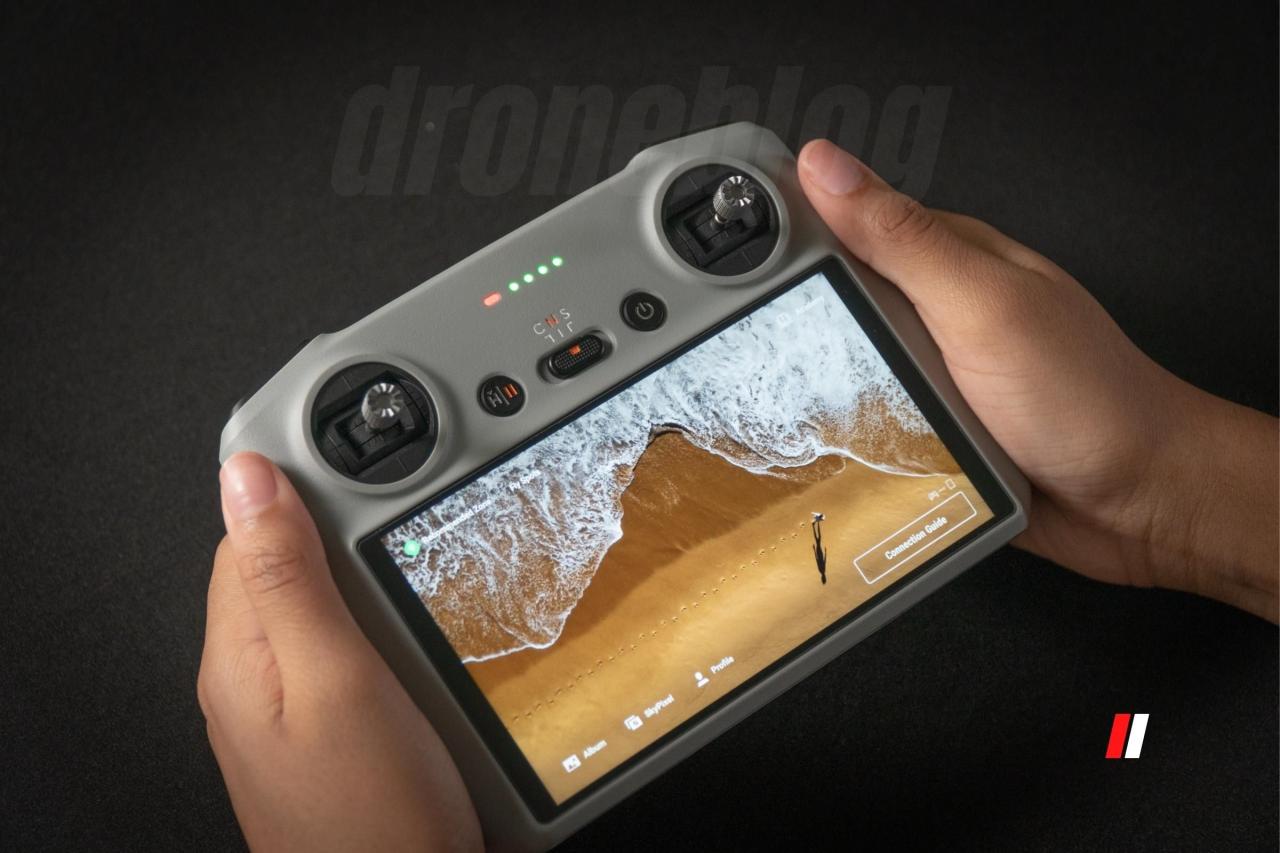Canada drone laws under 250g might seem straightforward, but there are nuances. While drones under 250g often have less stringent registration requirements than heavier models, understanding airspace restrictions, privacy laws, and safety protocols remains crucial for responsible operation. This guide clarifies the key regulations, helping you fly legally and safely.
We’ll cover everything from registration and airspace limitations to privacy concerns and insurance needs. We’ll also explore potential liability issues and provide practical safety tips to ensure your drone flights remain compliant and accident-free. Even seemingly simple flights need careful planning.
Canadian Drone Regulations for Sub-250g UAVs

Operating a drone in Canada, even a lightweight one under 250g, requires understanding specific regulations. While lighter drones often have fewer restrictions than heavier models, ignorance of the rules can lead to penalties. This section clarifies the rules for sub-250g drones and compares them to those for heavier aircraft.
Specific Regulations Governing Drones Under 250g in Canada
Drones under 250g in Canada are generally exempt from mandatory registration with Transport Canada. However, this doesn’t exempt them from all regulations. Operators are still responsible for adhering to rules concerning safe flight operations, airspace restrictions, and privacy laws.
Registration Requirements for Sub-250g Drones
No registration is required for drones under 250g. This simplifies the process for recreational users. However, responsible operation remains paramount.
Comparison of Rules for Sub-250g vs. Heavier Drones
Heavier drones (over 250g) require registration with Transport Canada and often have more stringent operational limitations. They may necessitate pilot certifications depending on their intended use. Sub-250g drones, while not requiring registration, are still subject to all other applicable regulations, including those pertaining to airspace and privacy.
Situations Where Operating a Sub-250g Drone Might Be Illegal
Even sub-250g drones can be operated illegally. Flying near airports, over populated areas without permission, invading someone’s privacy, or flying in restricted airspace (like national parks or military bases) are all violations regardless of drone weight.
Key Regulations Summary for Sub-250g Drones
| Regulation | Description | Consequences of Violation | Notes |
|---|---|---|---|
| Registration | Not required | N/A | Still subject to all other regulations |
| Airspace Restrictions | Must avoid restricted airspace | Fines, legal action | Check NOTAMs before each flight |
| Privacy Laws | Respect privacy rights | Fines, legal action | Avoid recording individuals without consent |
| Safe Operation | Maintain visual line of sight, avoid hazards | Accidents, damage, fines | Conduct pre-flight checks |
Flight Restrictions and Airspace Considerations
Understanding airspace restrictions is crucial for safe and legal drone operation. Even small drones can cause significant disruption or harm if flown irresponsibly. This section details important airspace considerations and safety guidelines.
Restricted Airspace in Canada

Numerous areas in Canada have restricted airspace. These include airports, military bases, national parks, and other sensitive locations. Flying a drone in these areas without the necessary permits is illegal and can result in severe penalties. Always consult the appropriate maps and resources to identify restricted zones before flying.
Importance of Checking NOTAMs
NOTAMs (Notices to Airmen) provide real-time information about temporary flight restrictions and hazards. Checking NOTAMs before each flight, regardless of drone weight, is essential for safe operation and compliance with regulations. Failing to do so can lead to accidents and legal repercussions.
Safety Guidelines Near Airports, Populated Areas, and Critical Infrastructure

Operating drones near airports requires specific permissions and adherence to strict guidelines to prevent interference with air traffic. Flying over populated areas requires careful consideration of privacy and safety. Similarly, drones should never be flown near critical infrastructure (power lines, pipelines, etc.) due to potential safety risks.
Decision-Making Process for Safe Drone Flight Locations
A flowchart would visually represent the decision-making process for safe drone flight locations. The process would involve checking for restricted airspace, considering proximity to populated areas and critical infrastructure, and assessing weather conditions. If any of these factors present a risk, the flight should be postponed or cancelled.
Privacy and Data Protection
Drone operation involves data collection, raising privacy concerns. Understanding and respecting Canadian privacy laws is crucial for responsible drone use. This section details relevant laws and best practices.
Canadian Privacy Laws Relevant to Drone Operation
Canadian privacy laws, such as PIPEDA (Personal Information Protection and Electronic Documents Act), apply to drone operations. These laws dictate how personal information collected through drone footage can be used, stored, and disclosed. Operators must ensure compliance to avoid legal issues.
Legal Implications of Recording Individuals Without Consent
Recording individuals without their knowledge or consent is a violation of privacy laws and can result in legal consequences, including fines and lawsuits. Always obtain consent before recording identifiable individuals. Blurring faces or other identifying features in post-processing does not necessarily eliminate the legal risk.
Responsible Drone Operation Practices for Privacy Compliance, Canada drone laws under 250g
Responsible drone operation includes maintaining awareness of surroundings, avoiding filming private property without consent, and being mindful of individuals’ privacy. Clearly communicating your intentions and obtaining consent when necessary is vital for ethical and legal drone operation.
Best Practices for Data Storage and Security
Drone footage should be stored securely, using encryption and access controls to protect sensitive information. Regular backups and secure storage solutions are essential to prevent data loss and unauthorized access. Compliance with data protection regulations is mandatory.
Insurance and Liability: Canada Drone Laws Under 250g
Drone operation, regardless of size, carries inherent risks. Insurance provides crucial protection against potential liabilities. This section explores the importance of insurance and managing potential liabilities.
Need for Insurance When Operating a Drone
Even sub-250g drones can cause damage or injury. Insurance protects operators from financial liabilities resulting from accidents or incidents. It’s a wise investment to mitigate potential risks.
Potential Liability Issues Associated with Drone Accidents
Drone accidents can lead to property damage, personal injury, or even legal disputes. Liability can extend to the operator, potentially resulting in significant financial consequences. Insurance helps cover these costs.
Flying drones in Canada can be tricky, especially if you’re unsure about the regulations. Understanding the specifics is key, and a great place to start is by checking out the rules for drones under 250g. For a helpful guide that breaks down everything you need to know, check out this resource on canada drone laws under 250g.
This will ensure you’re flying legally and safely, keeping yourself and others out of harm’s way. Remember to always prioritize safe drone operation.
Steps to Take in Case of a Drone Accident
In case of a drone accident, immediately secure the area, assess injuries, and contact emergency services if necessary. Document the incident thoroughly, including photos, videos, and witness statements. Notify your insurance provider as soon as possible.
Resources for Obtaining Drone Insurance in Canada
Several insurance providers offer drone insurance in Canada. It’s advisable to compare policies and coverage options to find the best fit for your needs and budget. Contacting insurance brokers specializing in drone insurance can be beneficial.
Operational Safety Guidelines for Sub-250g Drones
Safe drone operation involves pre-flight checks, adherence to procedures, and proper handling of emergencies. This section Artikels essential safety measures for responsible sub-250g drone operation.
So, you’re flying a drone under 250g in Canada? Sweet! Just remember to check the basic rules. To get a better idea of the global drone landscape and where others are flying, check out this awesome resource on drone sightings around the world , it’s pretty insightful. Then, come back and double-check those Canadian regulations for your sub-250g flyer to stay safe and legal.
Essential Pre-Flight Checks
Before each flight, perform thorough pre-flight checks, including battery level, GPS signal strength, and overall drone condition. Inspect the propellers for damage and ensure all components are securely fastened.
Recommended Procedures for Safe Drone Operation
Maintain visual line of sight with the drone at all times. Avoid flying in adverse weather conditions. Be aware of your surroundings and potential hazards. Respect airspace restrictions and privacy laws.
So you’re flying drones under 250g in Canada? That means you’re likely dealing with simpler regulations, but it’s still smart to check the specifics. Understanding the current open ai status regarding drone tech might help you anticipate future changes to Canadian drone laws. Keeping up with these developments will ensure your flights remain legal and safe, even with lightweight drones.
Handling Potential Malfunctions or Emergencies
In case of a malfunction, immediately attempt to regain control of the drone. If control is lost, follow emergency procedures, such as initiating a safe return-to-home function (if available). Prioritize safety and avoid endangering others.
Checklist of Safety Measures
- Check battery level
- Inspect propellers
- Confirm GPS signal
- Verify airspace restrictions
- Maintain visual line of sight
- Avoid adverse weather
- Be aware of surroundings
- Respect privacy
Visual Representation of Drone Flight Restrictions
Consider a scenario: A drone enthusiast, unaware of local regulations, decides to fly their sub-250g drone near a busy airport. They believe that because their drone is small, regulations are less stringent. They disregard NOTAMs and begin flying, unintentionally disrupting the approach path of a commercial airliner. This results in a temporary airport shutdown, causing significant delays and financial losses for the airline and passengers.
The drone operator faces hefty fines, potential legal action, and a criminal record for reckless endangerment.
Potential Consequences of Violating Drone Regulations
The consequences can range from fines and legal action to criminal charges, depending on the severity of the violation. In the case of accidents, injuries, or damage caused by negligent drone operation, the operator may face significant financial and legal repercussions. The potential consequences underscore the importance of responsible and informed drone operation.
Closing Notes
Flying a drone in Canada, even one under 250g, requires awareness and responsibility. While the regulations might appear less demanding compared to larger drones, neglecting safety protocols and legal requirements can lead to serious consequences. By understanding the key points discussed here – from registration to airspace limitations and privacy – you can ensure enjoyable and compliant drone operation.
Remember to always prioritize safety and respect the law.
Questions Often Asked
Do I need to register a drone under 250g in Canada?
Currently, no registration is required for drones under 250g in Canada. However, you are still responsible for adhering to all other regulations.
What if my sub-250g drone causes damage?
You are still liable for any damage or injury caused by your drone, regardless of its weight. Insurance is highly recommended.
Can I fly my sub-250g drone anywhere?
No. Airspace restrictions apply to all drones, regardless of weight. Always check NOTAMs and avoid restricted areas like airports and populated areas.
What are the penalties for violating drone laws?
Penalties can include fines, seizure of your drone, and even criminal charges depending on the severity of the violation.
